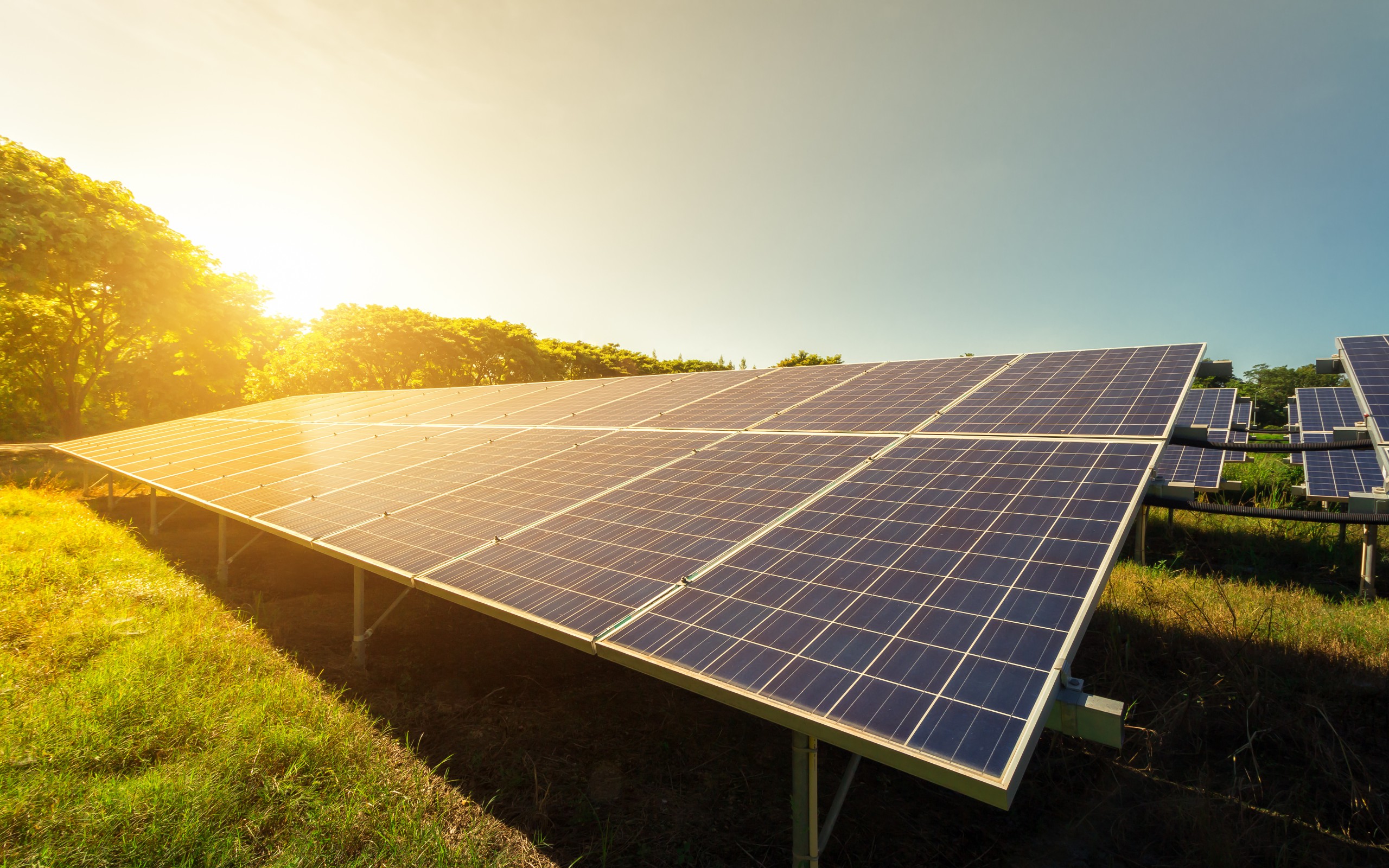When the power goes off
We have allowed our energy needs to grow unchecked and met them with fossil fuels for far too long. Now we need to decarbonize – something farmers could help with: In future, they could not only grow fruit and vegetables, but also produce electricity.
Land used for agriculture is actually an apparatus for converting sunlight into stored energy in the form of fruit and vegetables. Extensive research is currently underway into how the same land could also be used to produce electricity. After all, the sun is surely shining there where fruit and vegetables grow. And that is the only criterion that must be met in order to operate a so-called agrivoltaic system.
Agrivoltaics is a fascinating subject that is already being researched in numerous physical installations. Solar modules are mounted on large crossbeams at a height of five to ten meters above the soil and are guided by motors and inexpensive software to ensure that they remain at the optimum angle for catching sunlight. And anybody who thinks that the fruit and vegetables below don't get enough sunlight because of the system is mistaken. The simultaneous use of the soil to generate electricity and grow crops actually increases land-use efficiency, in some cases significantly, as was reported in the Tages-Anzeiger late this summer: "There are examples where the productivity of arable farming has increased despite partial shading by photovoltaic systems. This is because the microclimate under the solar panels can be specifically adapted to the plants," said Jürg Rohrer, Professor for Ecological Engineering at the University of Applied Sciences (ZHAW) in Wadenswil. Incidentally, you don't have to be a farmer to understand that hot summers, such as the one we had this year, are actually dangerous for unprotected agricultural soils and the fruit and vegetables that grow on and in them. A little shade from July 2022 onwards would have done many a potato field the world of good. If we could shade large areas of fields in the future and protect them from the heat while generating electricity at the same time, that would be a big step toward decarbonization.

The price of solar modules today means that the cost of generating electricity from solar energy is quickly covered. The only ongoing problem is storing the energy generated for periods of peak demand. This is where researchers and technicians are relying on the increasing number of electric cars. Once their batteries and domestic power grids have been converted to bidirectional charging, the car batteries can serve as temporary storage to balance momentary spikes in electricity demand.
This example shows: We must not give up when it comes to decarbonization – we simply have to be prepared to accept the changing face of our world.
You can discover more about this fascinating topic by following this link.

